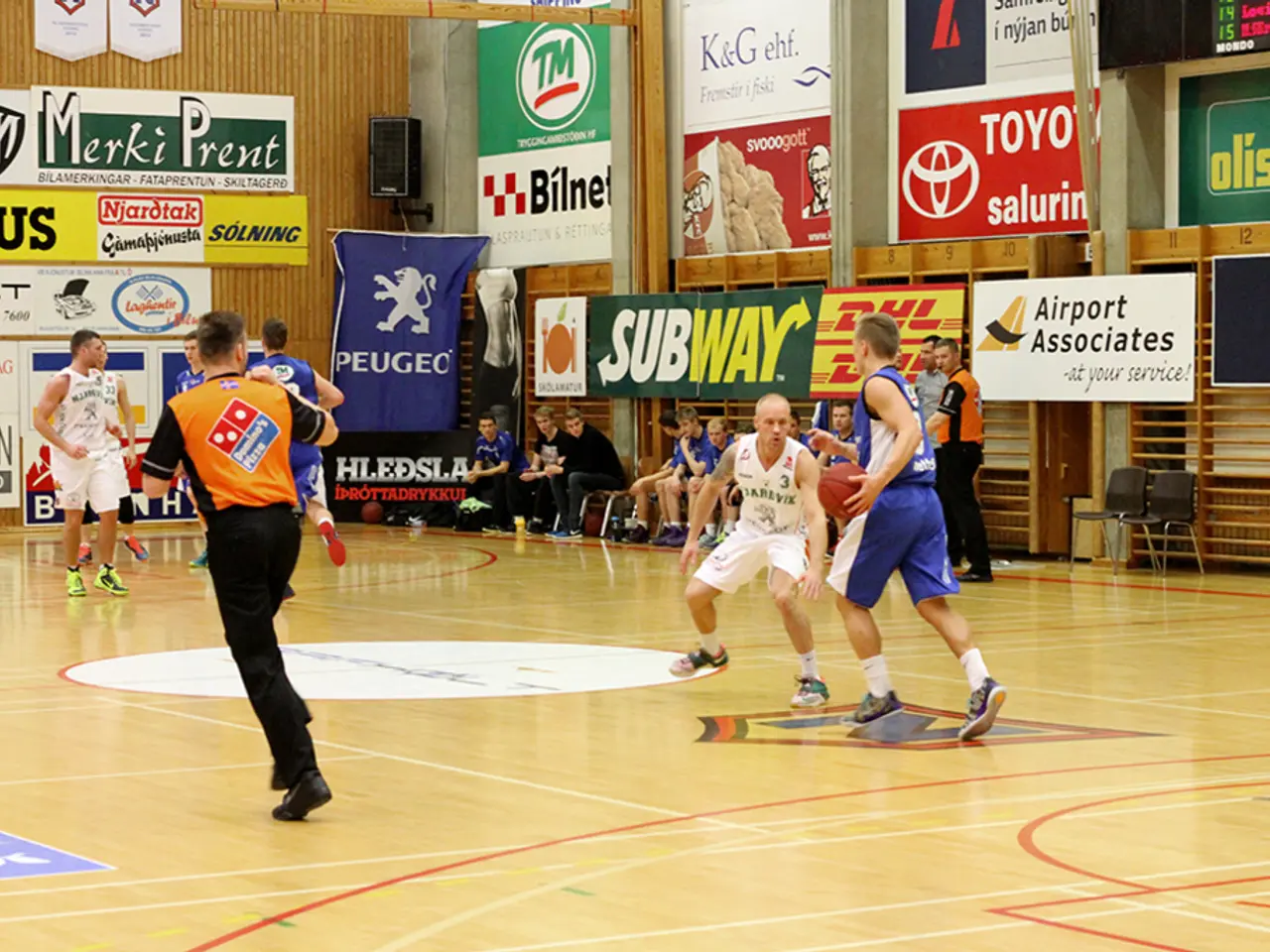Unveiling the Role of Concealed Information Test in unmasking Deception
The Concealed Information Test (CIT), also known as the Guilty Knowledge Test, is a specialized technique used for deception detection, gaining increasing attention in the field of criminal investigations. This psychological and physiological assessment is designed to detect whether a subject recognizes information that only a person involved in a crime would know.
The CIT differs from traditional polygraph tests, as it specifically tests for recognition of concealed knowledge rather than general lying. It measures physiological responses, such as changes in heart rate, skin conductance, and breathing, when a person is presented with crime-specific details among neutral stimuli. The idea is that individuals who recognize concealed information will show a heightened physiological response to those details compared to irrelevant ones.
The accuracy of the CIT has been reported to be between 95% and 98% when properly conducted by experienced examiners under controlled conditions using current technology. The accuracy of the test can depend on factors such as the quality of the test design, the relevance and uniqueness of concealed information, and the skill of the examiner.
In criminal investigations, including homicide cases, the CIT is utilized to verify whether a suspect possesses insider knowledge that only the perpetrator or a witness would have. The test is typically employed as follows:
1. Identification of guilty knowledge: The suspect is presented with multiple-choice-like questions containing one item related to the crime and others that are neutral or irrelevant. 2. Physiological monitoring: The suspect’s physiological responses to each item are recorded. 3. Assessment for recognition: An elevated response to the crime-related item suggests the suspect recognizes concealed information, which may imply involvement or knowledge of the crime.
The CIT can be particularly effective at distinguishing innocent suspects from those who possess crime-related knowledge without relying on confessions or overt admissions. It also helps investigators focus their efforts and clarifies whether further evidence collection or interrogation is warranted.
To maximize accuracy and effectiveness, the CIT should be administered by trained professionals using up-to-date equipment and within a controlled testing environment. It is crucial to ensure that the information used in the CIT is only known by the guilty party and kept hidden from the media or third parties, even in homicide investigations.
Despite its limitations, the CIT is a valuable tool in helping investigators focus their efforts and narrow down suspects. It is widely accepted by the scientific community worldwide, making it an essential resource in the arsenal of methods used to solve crimes and bring perpetrators to justice.
[1] American Polygraph Association. (n.d.). Frequently Asked Questions. Retrieved from https://www.polygraph.org/faq/
- The Concealed Information Test (CIT), also known as the Guilty Knowledge Test, is a specialized technique used in the field of criminal investigations, gaining attention for deception detection.
- The accuracy of the CIT has been reported to be between 95% and 98% when properly conducted by experienced examiners, using current technology and controlled conditions.
- In criminal cases, such as homicide, the CIT is employed to verify whether a suspect has insider knowledge that only the perpetrator or a witness would possess.
- The CIT can effectively distinguish innocent suspects from those who possess crime-related knowledge, without relying on confessions or overt admissions, helping investigators focus their efforts and decide whether further evidence collection or interrogation is needed.
- It is crucial to ensure that the information used in the CIT remains hidden from the media or third parties, even in homicide investigations, to maintain the accuracy and effectiveness of the CIT as a valuable tool in solving crimes and bringing perpetrators to justice.




